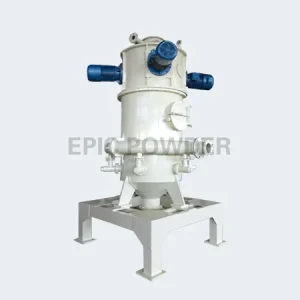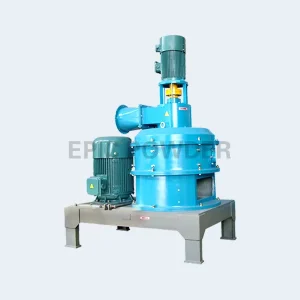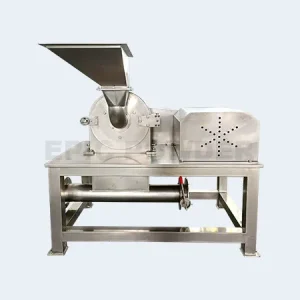Effective density measures how efficiently a quantity, like particles or energy, is distributed in a space. This concept is often applied in materials science, physics, and environmental studies. It assesses how density affects system behavior and performance. For example, in materials science, effective density can affect strength and conductivity. In environmental studies, it may relate to pollutant dispersion in air or water. Effective density is key. It helps to optimize processes and design materials to meet specific performance goals.

True Density:
The theoretical density of powder materials. The volume used in the calculation is the volume of particles. It excludes open and closed pores.
Effective density (floating density):
The density value that can be effectively utilized by powder materials. The volume used is the volume of particles. It includes closed pores. But, it does not include the volume of cracks, depressions, and open holes on the particle surface. The test method is: put the powder in a measuring container. Then, add a liquid and let it fill the open pores. The effective volume is the measured volume minus the medium’s volume.
Apparent density:
It is divided into tap density (Tap Density, TAP) and compacted density. The test principle of TAP is: put powder in the tap density tester. Then, vibrate and rotate it continuously with a vibration device. Do this until the volume of the sample no longer decreases. Finally, the mass of the sample is divided by the volume after compaction to obtain the tap density. The testing principle of compaction density is this: force presses the powder. The powder moves and changes shape. Gaps fill and the particle contact area grows. This forms a pressed embryo with density and strength. The volume of the pressed embryo is the compaction volume. The mass divided by the compaction volume is the compaction density.
Generally: true density > effective density > compaction density > tap density.
Effect of powder size on density
The particle size of powder has a significant effect on density. A powder’s density depends on its particle size, distribution, shape, and morphology. This is shown in the following ways:
As a rule, smaller powder particles have a higher tap density. Small powder particles can be packed more closely. This fills more space and increases density.
The density of powder is affected by its particle size distribution. A narrow particle size distribution means the powder particles are similar in size. This may reduce the bulk density. Mixing powders of different sizes in a certain ratio can yield a higher bulk density.
The particles’ shape greatly affects the powder’s fluidity, density, and other properties. Spherical particles usually have a larger tap density. They can be arranged more closely.
Smaller average particle size means more complex powder morphology. It also means a higher bulk density. It increases friction between the particles, reducing fluidity and bulk density. Also, a smaller powder mass (the porosity of the particles) means a smaller bulk density.



